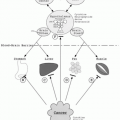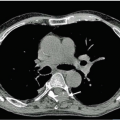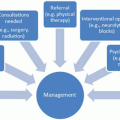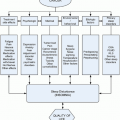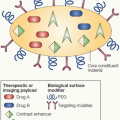Cancer Pain Assessment and Diagnostic Issues
Multiple studies during the 1990s revealed less-thanoptimal treatment of pain in patients with cancer.1, 2, 3, 4 Even with the subsequent availability of more-effective pain treatments and the publication of pain management guidelines, similar patient care deficiencies continue in the United States and in other countries.5, 6, 7, 8, 9 The most frequently identified barriers to appropriate pain management in multiple studies have been physician underestimation of the patient’s pain, inadequate pain assessment, and patient reluctance to report pain. A growing body of literature attests to the need for significant improvement in cancer pain assessment and treatment in their practice.10, 11 Poor pain control has been ascribed to lack of expertise by clinicians in assessing and managing cancer pain.12 Knowledge deficits in the basic principles of cancer pain management have been revealed by interviews of practicing physicians.13 Nurses and nursing students are also commonly deficient in their understanding of basic principles of cancer pain management.1,14, 15 Studies and expert opinion reveal that contemporary American medical education does not prepare medical students or residents to provide adequate care for the cancer patient with pain.16, 17 Educational interventions can successfully improve cancer pain knowledge and attitudes of health care professionals.18
A variety of assessment skills are required to integrate knowledge about pharmacology, pharmacokinetics, and pharmacodynamics, as well as patient characteristics such as individual variability and compliance with medications, side effects and quality-of-life determinants, and disease specifics in the diagnosis and management of the cancer patient with pain. These skills contribute to clinical judgment and decision-making, and require substantial individual experience. Studies of pain education in undergraduate medical students have generally focused on knowledge, and little is known about interviewing skills and pain evaluation. Leila et al.19 suggested that formative assessment of both knowledge and communication skills is required for the development of a functional pain curriculum to train medical students in chronic pain management. Daylong cancer pain education workshops were as effective as hands-on experience in improving cancer pain knowledge and changing attitudes for postgraduate nurses, as observed by Lasch et al.20
Computer simulation software can be used to create tools that include the principles and ideals of cancer pain assessment and management as has been presented at professional society meetings, in published clinical guidelines, journal articles, and editorials. Such tools offer the opportunity to include platforms to move learning into the working environment of the student, health care provider, and institution. In addition, modern interactive software may provide the ability to efficiently assist in the identification of specific errors in knowledge, judgment, and practice patterns of the individual provider.21




Stay updated, free articles. Join our Telegram channel

Full access? Get Clinical Tree


